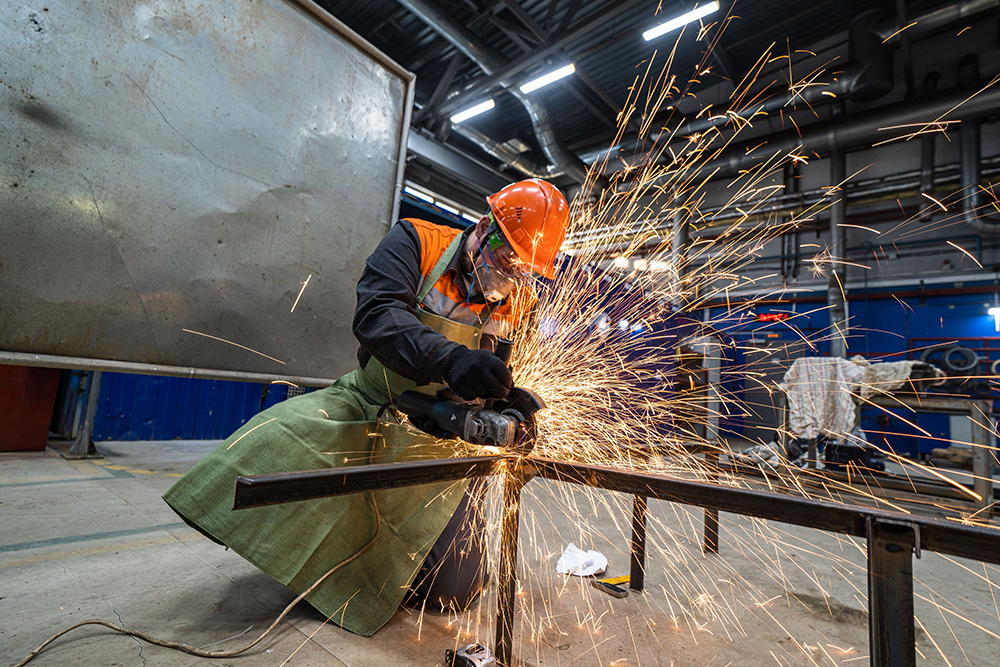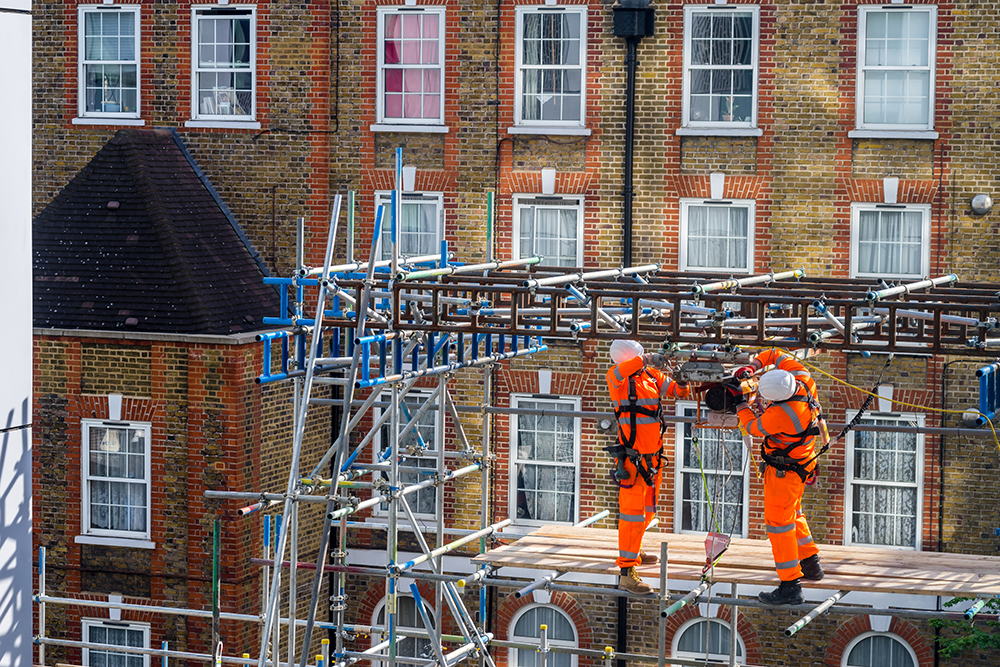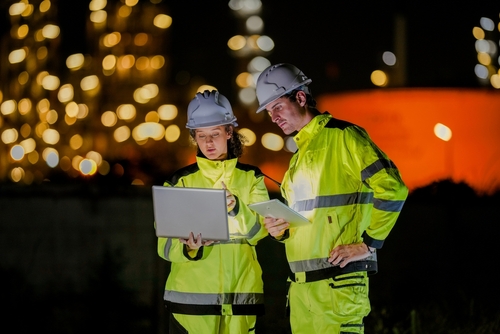Protective Workwear: Clothing and Equipment for the Most Extreme Working Environments
While dangers are present in every workplace to a certain extent, some environments are particularly risky. These environments require specialist workwear and gear to ensure the workers stay safe.
Here are some of the essential items of protective workwear and equipment for people working with heat, at height, with machinery, with chemicals and in low-light conditions.
Working with Heat

Workers involved in activities like welding and grinding need to protect themselves from heat, which can cause harmful burns. Protective workwear is essential, which normally includes fire-retardant clothing.
For example, we provide a Flame Retardant Jacket as well as trousers and coveralls to provide protection for anyone working with heat. It’s important that the clothing is both compliant – This range meets EN11611 (Welding Class 2) and EN11612 (Flame Retardant) – and comfortable.
Some clothing is treated with fire-resistant chemicals, while other items are made from fire-resistant fibres, however your clothing is made, take care when cleaning items because they may have specific requirements. For example, some types of fabric softeners might affect the level of fire resistance, so always check with the manufacturer.
Working at Height

Working at height poses a number of challenges. Firstly, the workers need to protect themselves from falls. This means the environment itself must be safe (e.g. by installing guard rails).
Then there is the safety equipment for the workers to consider. The most common equipment includes harnesses, lanyards, scaffold hooks, carabiners and helmets. These are all used alongside protective gear like knee pads, depending on the situation.
It also goes without saying that specialist training will usually be required for anyone working at height.
Handling Chemicals
Chemicals present a number of risks to workers, including chemical burns and the danger of breathing in harmful fumes. As a result, eye and skin protection are essential, as are coveralls, overshoes, cape hoods and safety goggles.
Thick gloves are often used for handling chemicals. Some of these have special grips and some are disposable.
Respirators are also used to protect the wearer from toxic gases and fumes. Some of these cover the whole face, while some cover the nose and mouth. Training is often required to ensure they are used correctly.
Working with Machinery
The type of protective workwear required when working with machinery depends on the type of machinery being used. This can include protection from noise, sharp blades and projectiles.
Eye and face protection is usually required in the form of safety goggles and masks, which are especially useful when cutting materials.
Hearing protection is often needed to protect the ears from loud noises. Corded earplugs are common, which are small and don’t get in the way. But larger earmuffs can also be used.
Gloves might also be needed to protect from cuts and mechanical hazards. These are often very tough while still providing freedom to move the hands properly, and they are sometimes made from materials like Kevlar.
Working in Low Light Conditions

Many tasks involve working in low-light conditions, such as outside at the side of the road, and good visibility is essential.
We provide a range of high visibility products like
this premium jacket that is made with double-stitched retro-reflective tape.
Depending on the task, workers might need a jacket, trousers, coverall and helmet.
Keep Your Employees Safe
Many situations require special protective clothing and equipment, from safety helmets for people working on a building site to non-slip shoes for people working in a warehouse. No matter how safe your workplace might seem, there are usually at least a few dangers present.
If you require special workwear and equipment, make sure you get exactly what your employees need to keep them safe while they work. Contact phs Besafe to find out more about our range of protective workwear.